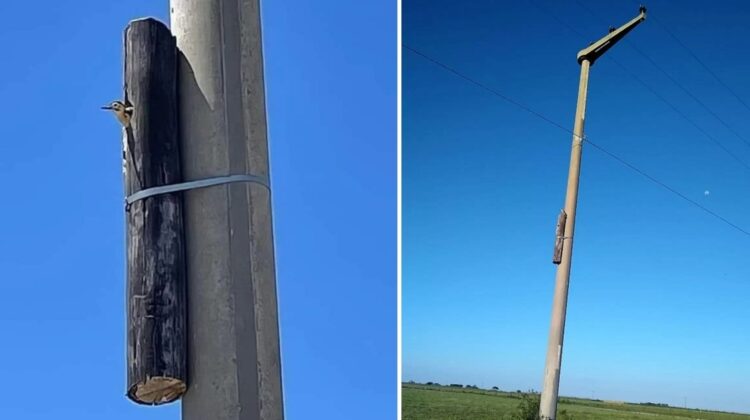
Two objects affixed to light poles in an inland region of Argentina stand as a testament to human kindness.
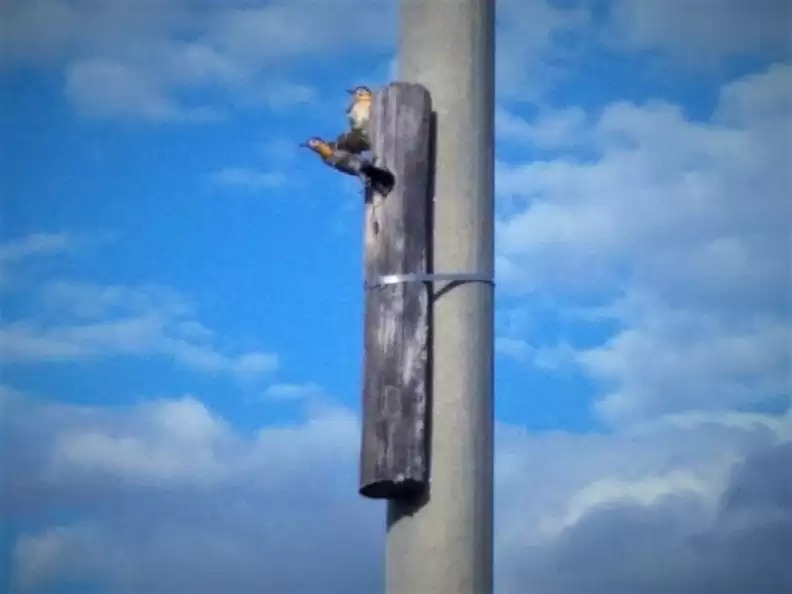
The remote small town of Ucacha in the Córdoba province of Argentina recently faced a difficult decision when it came to upgrading the town’s light poles. During the planning stages, it was discovered that the project would potentially disrupt the habitat of two local woodpecker families.
However, instead of abandoning the project, the town’s leaders came up with a creative solution that allowed them to proceed with the upgrade while also preserving the woodpeckers’ homes.
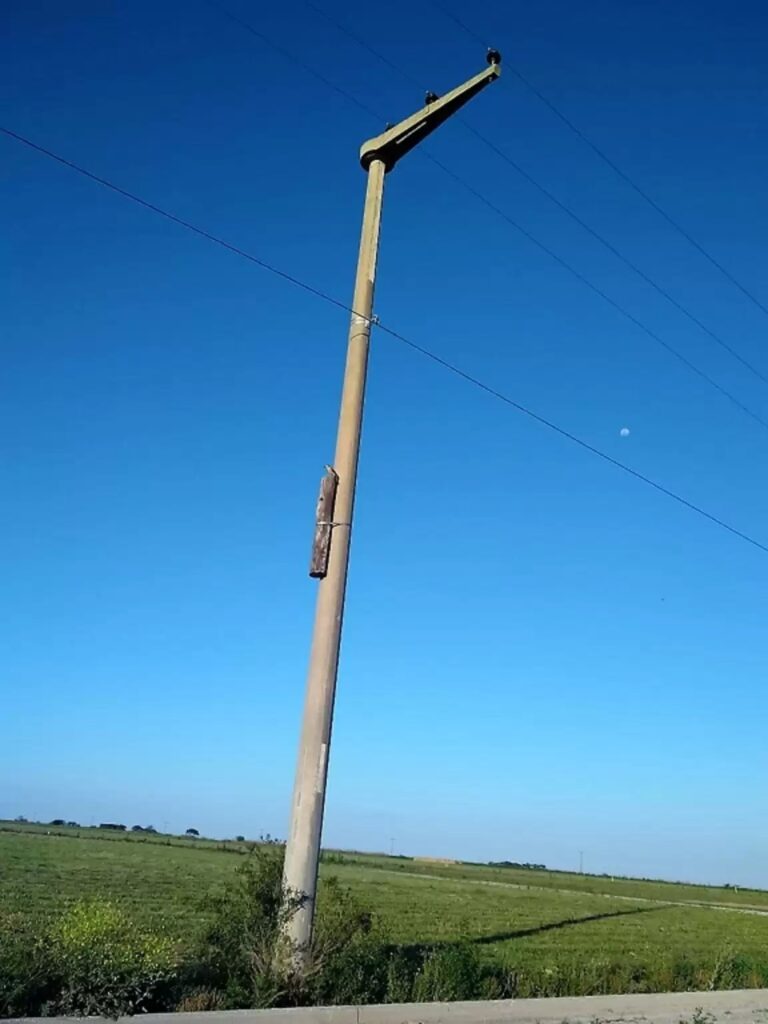
The woodpeckers in question were of the Campo flicker species, both of which are found primarily in the grasslands of Argentina. These birds are known for their distinctive plumage and loud calls, and they are an important part of the local ecosystem.
Unfortunately, the light poles that were originally proposed for the upgrade project were going to be placed directly in the middle of the woodpeckers’ habitat, where two families lived in the old wooden poles that were about to be removed. Something had to be done.
In order to avoid disrupting the birds’ homes, project manager Gustavo Bernardi instructed his crew to cut the two wooden light poles in a way that preserved the woodpeckers’ homes.The workers even had to respect the height and orientation of the two nests.
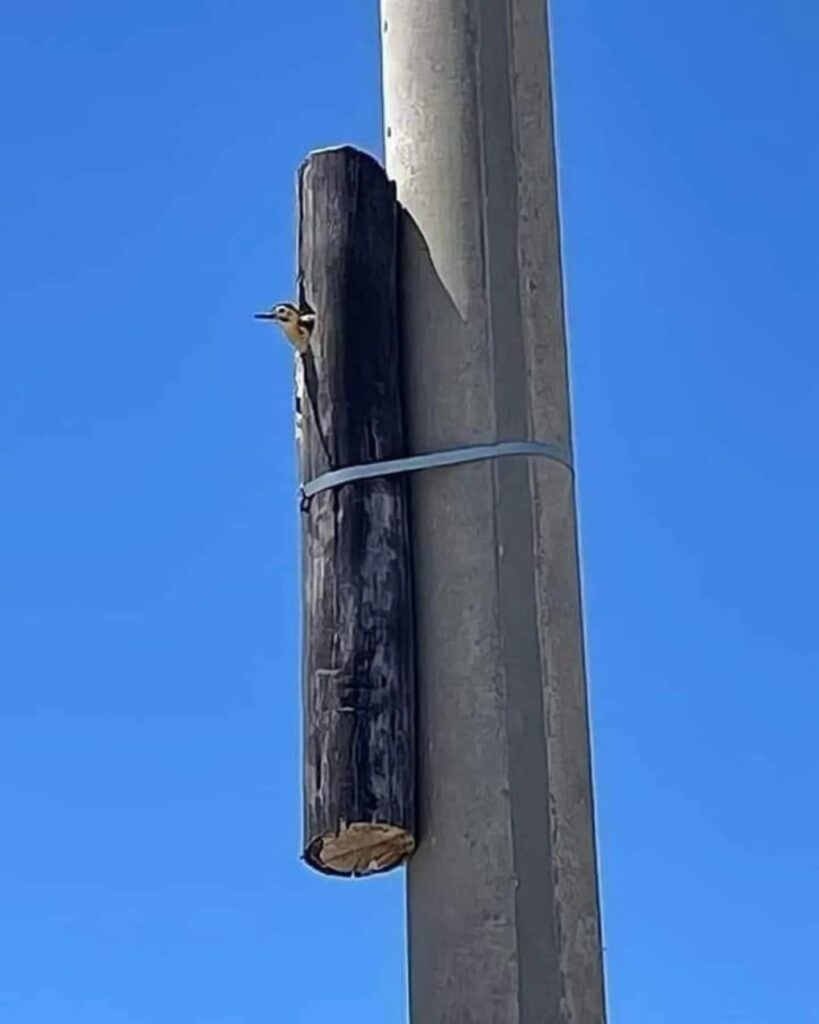
It was an attempt to preserve the shelter of these birds, but the crew didn’t know if it would work. Thankfully, since then it has turned out that the birds are coexisting in their old/new homes without problems, and continue to use them today.
So, this small change meant that the birds would be able to continue living in their habitat without interruption, while still allowing the town to upgrade its lighting system.
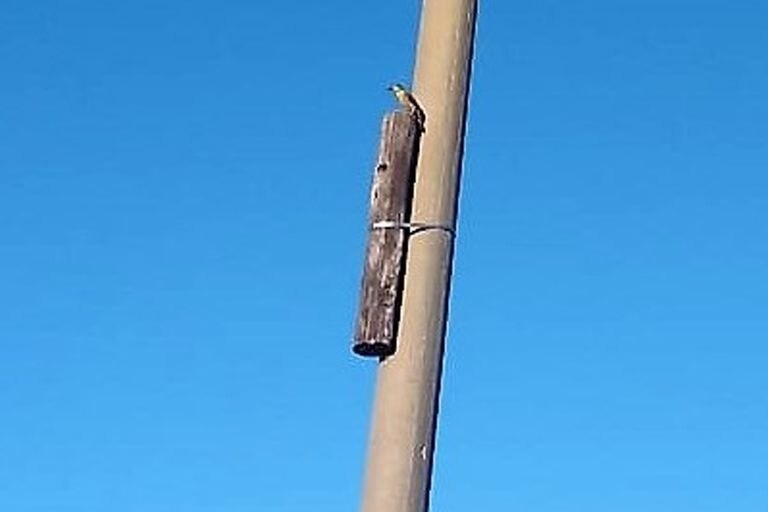
The community effort was praised by conservation groups and residents alike for its consideration of the environment and wildlife. The project serves as a reminder of the importance of balancing development with conservation, and how small changes can make a big difference in protecting endangered species.

Leave a Reply